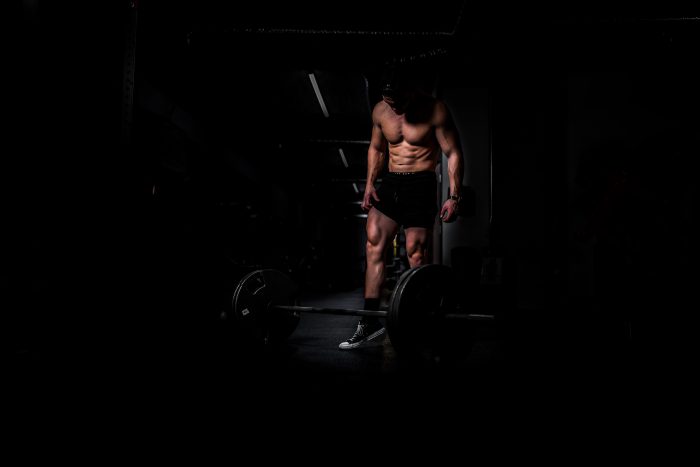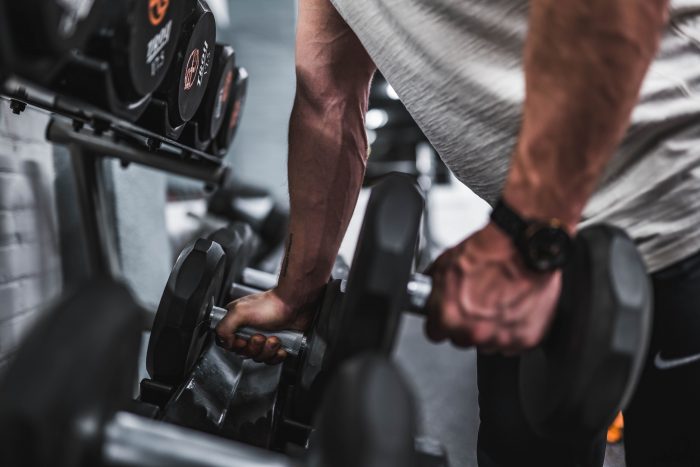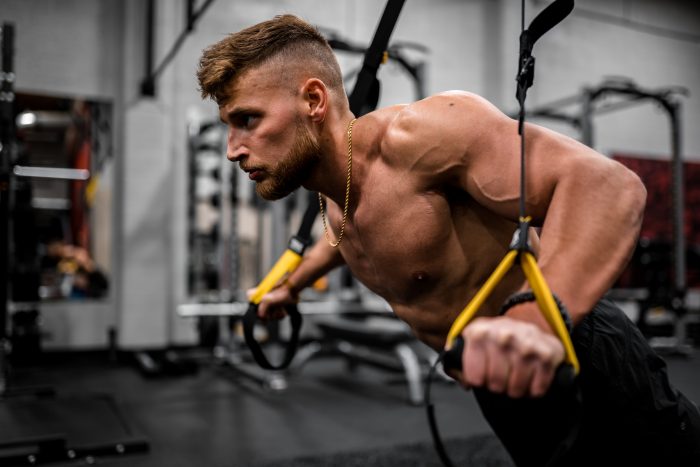Healthy eating really is the best way to boost your health; after all, food and water are our life forces; without either, we simply cannot survive.
These tips to help you eat healthily can help you get on a better track and make realistic positive changes that can last.
Eating healthier is good for your body to work at its optimum level, but when combined with greater energy output can lead to a calorie deficit and inevitably weight loss.
When we consume more than our body needs or calorie dense foods and do not move enough, our body holds that energy and stores it in our fat cells. The opposite can be said for those who eat too little and move too much.
Eating a wide variety of natural foods will provide a nutritional balance of fat, carbs, and protein and ensure you’re getting a plethora of vitamins and minerals because only natural foods can provide the right levels of those our bodies need.
Unfortunately, many adults and children in the UK today are eating far more calories than their body needs and exercising far less than their bodies should. Exercise keeps you fit and strong but also aids in weight loss alongside healthy eating.
Here are the top tips for eating healthily…
Eat more high fibre carbohydrates
Fibrous and starchy carbs should make up a good amount of your daily diet. Ensure you include a good mix of both whole grain and minimally processed white carbs. These will include potatoes, bread (not from a packet!), rice, pasta and cereals.
Higher fibre foods lead to a healthier gut and fewer stomach issues. Grains and vegetables naturally brown tend to contain the most fibre.
Your body needs both types of fibre to help it absorb nutrients, eliminate waste and provide some of your bodies energy needs.
Include more vegetables and fruit in your daily diet
The minimum recommended amount that you eat is five portions of fruit and veg every day. This can include fresh, tinned, frozen and dried. It is also meant to include juiced, but that should be kept to a minimum because it has a more concentrated sugar content!
Including fruit with breakfast and as a snack is one way to ensure you get your daily amount.
Including vegetables within lunch and dinner also ensure you get the daily amount of those.
These foods are especially good for on the go and can help fuel your workout, especially foods like bananas which provide a quick energy hit.
Limit sugar and processed fat intake
Saturated and trans fats are found in processed meats like sausages and bacon, and the latter is found in highly processed foods, including baked goods.
Saturated fats in small quantities will not be harmful if combined with a healthy diet and an active lifestyle.
Sugar and saturated fats are linked to an increase in cholesterol levels, increasing the chances of disease.
Olive oil, sunflower oils, rapeseed oils, oily fish, seeds, avocado, and natural butter are better fat sources.
Avoiding processed meats and choosing leaner meats such as chicken, turkey and vegetable proteins are the healthier options.
Foods and drinks which are processed with high amounts of sugar are the foods to limit the most, and drinks that contain the same are the ones to limit the most. Alcohol is essentially sugar and one that is extremely detrimental to physical and mental health.
Sugar is found in things like fruit, honey and milk, but these are from natural sources and, when enjoyed within a healthy diet, can provide vitamins, minerals and energy.
Drink plenty of water
Water is in every one of our cells. Drink too little, and you dehydrate, drink too much, and you can drown on the inside (extreme, but true), but drink enough every day, and your body can take on so much more because it has the lubrication it needs to work at its optimum level.
On an average day, you need to have around 2 litres of water. If you’re very active or it’s very hot, probably a little more. Water can also come from foods like fruits and vegetables and can be enjoyed in herbal teas.
Certain drinks cause you to lose water much quicker than is healthy; these drinks are known as diuretics, and alcohol is the main one that can lead to health issues.
Ensuring you drink water alongside any alcohol is a good way to avoid dehydration, and drinking in moderation is a good way to remain healthy.
If you struggle to be mindful about eating healthy and drinking water, you can use handy apps to remind you to drink your water or use a fitness tracker smartwatch that can help you stay optimally hydrated.
Final thoughts
These top tips for eating healthy are essential to provide your body with the nourishment it needs to survive and stay well, but regular exercise is essential too; they go hand in hand to live in a fit and healthy body.









